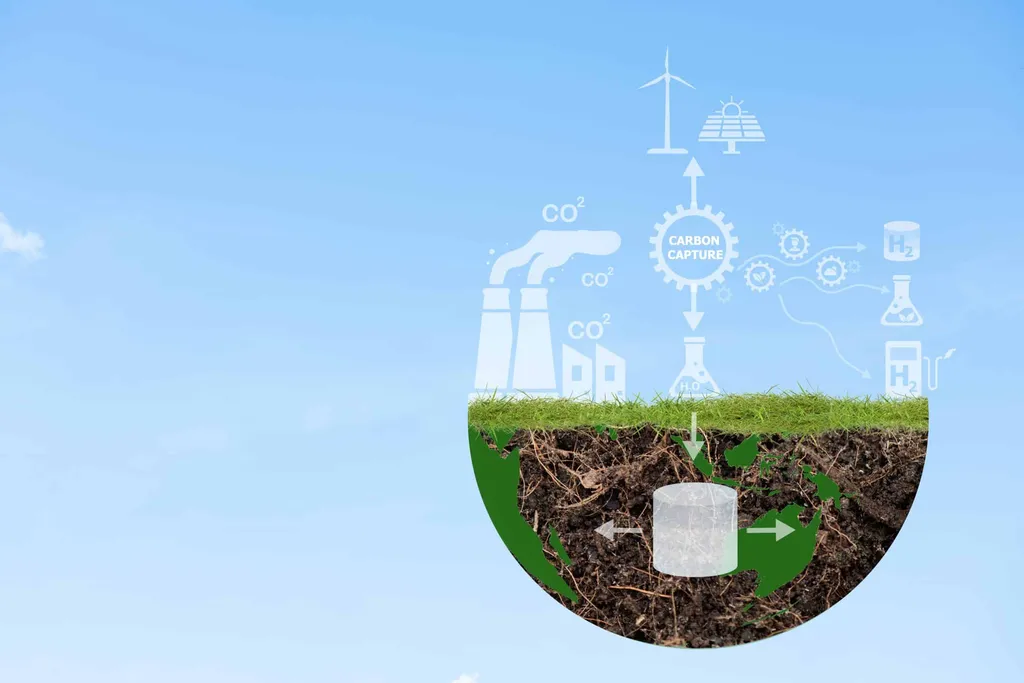In the quest to optimize natural gas processing and reduce carbon emissions, a team of researchers has developed advanced machine learning models to predict the carbon dioxide desublimation temperature (CDDT) within natural gas mixtures. This breakthrough, led by Walid Abdelfattah from the Department of Mathematics at Northern Border University in Saudi Arabia, could significantly enhance the efficiency of low-temperature CO2 capture processes, a critical aspect of natural gas purification.
The study, published in the Journal of Carbon Dioxide Utilization, focuses on the desublimation of CO2 at low temperatures, a method that offers an efficient way to remove CO2 from gas streams. Accurate prediction of the CDDT is essential for applying this method effectively in natural gas processing. To achieve this, Abdelfattah and his team prepared a large dataset comprising 430 measurements from published sources, covering CDDT in binary and ternary natural gas mixtures under various pressures and gas fractions.
The researchers employed several machine learning approaches, including Decision Tree (DT), Gaussian Process Method (GPM), and Adaptive Neuro-Fuzzy Inference System (ANFIS) methods. Additionally, they developed a mathematical equation using the Genetic Programming (GP) technique for CDDT calculation. “The goal was to create predictive tools that could accurately estimate CDDT, thereby optimizing the CO2 capture process,” Abdelfattah explained.
The performance of these models was rigorously evaluated through visual inspections and statistical indices. While all models demonstrated excellent predictive accuracy, the GPM model stood out among the black-box tools, exhibiting a mean absolute percentage error (MAPE) of 0.99%. The GP equation achieved an overall MAPE of 0.65% for the CDDT data. “The intelligent models also performed well in predicting data pertinent to both binary and ternary mixtures, which is crucial for real-world applications,” Abdelfattah added.
The researchers conducted simulations based on the models’ outcomes to depict CDDT variations in response to operational parameters. The findings showed full consistency with previous experimental results, highlighting the reliability of the models. A sensitivity analysis was also conducted to identify the dominant factors affecting CO2 desublimation, providing valuable insights for optimizing the capture process.
The implications of this research are significant for the energy sector. Accurate prediction of CDDT can lead to more efficient and cost-effective CO2 capture processes, which are essential for reducing emissions and meeting environmental regulations. “This research enhances our understanding of CDDT behavior and provides valuable information for optimizing low-temperature CO2 capture processes used in natural gas purification,” Abdelfattah noted.
As the energy sector continues to evolve, the integration of machine learning models into CO2 capture processes could pave the way for more sustainable and efficient natural gas processing. This study not only advances the scientific understanding of CDDT but also offers practical tools that can be implemented in industrial settings. The findings could shape future developments in the field, driving innovation and improving the overall efficiency of carbon capture technologies.

